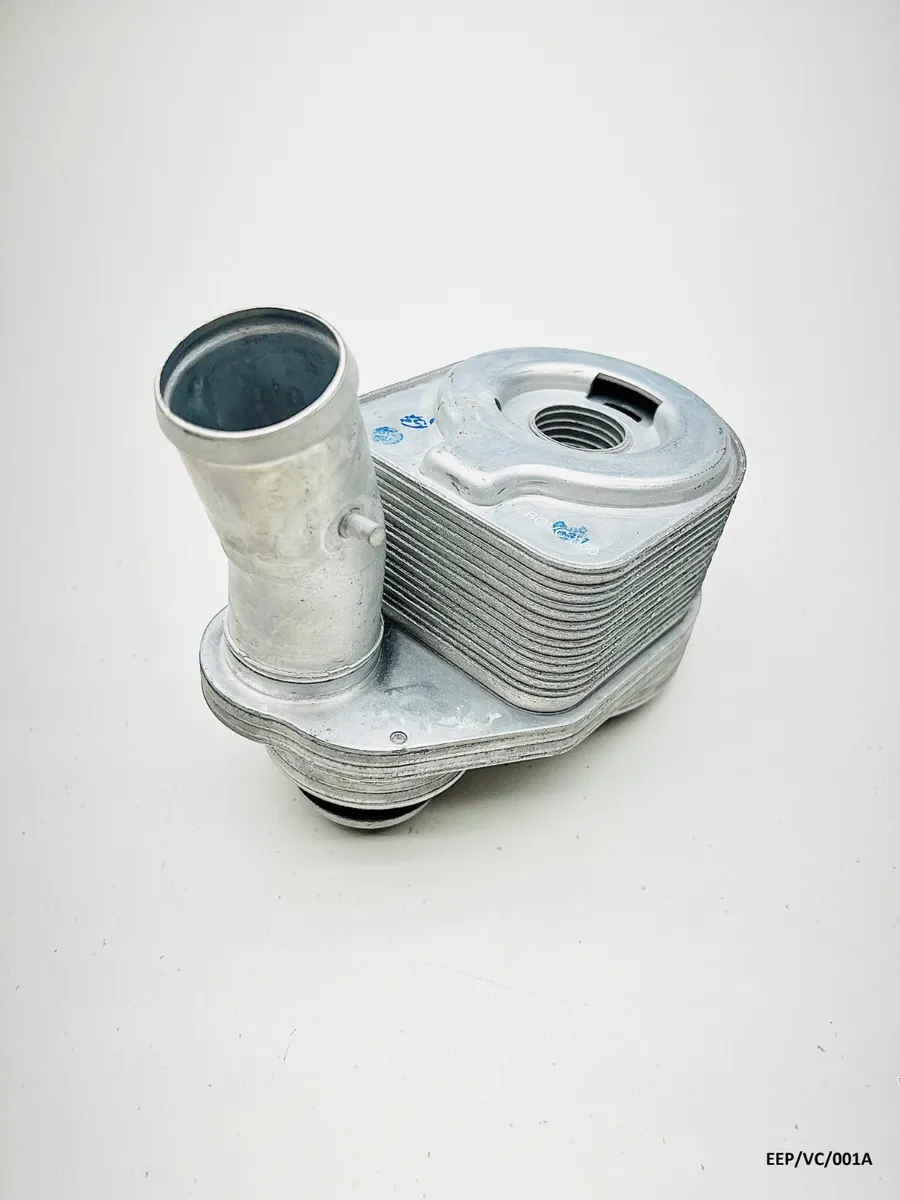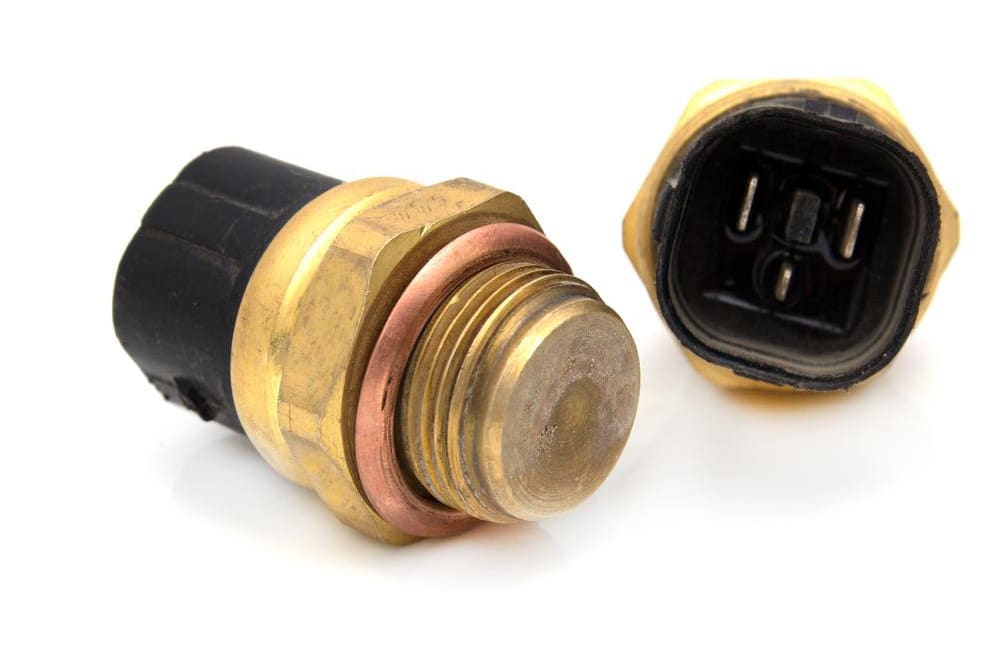How Do I Know If I Need a New Valve Stem?
Your vehicle may need a new valve stem if you notice consistent air loss or visible damage. Check for cracks, leaks, or a loose fit to assess the condition.
Maintaining proper tire pressure is essential for safe and efficient driving. Valve stems are small but crucial components that keep the air sealed within your tires. Over time, these stems can deteriorate due to exposure to harsh weather, chemicals, and road debris, leading to potential tire problems.
Ensuring that your valve stems are in good condition not only extends the life of your tires but also helps maintain fuel economy and optimal vehicle performance. Regular inspections can help catch issues early, saving you time and money in the long run. Pay close attention to the signs of valve stem failure to avoid unexpected flat tires and maintain your peace of mind on the road.
Early Signs Of A Faulty Valve Stem
Knowing when to replace a valve stem is key to maintaining tire health. Stay vigilant to avoid being caught off guard by a flat tire. This guide illuminates the early signs of a faulty valve stem to help you act fast.
Leaking Air: A Tale-tell Symptom
One of the most obvious indicators that your valve stem needs attention is air leakage. Listen closely near the tire valve. A hissing sound signifies escaping air, and it’s time for a quick action. Several ways to spot a leak include:
- Submerging the valve stem in soapy water and watching for bubbles.
- Applying a small amount of saliva to the end of the valve stem.
- Using a tire pressure gauge to check for consistent readings over time.
Visual Damage On The Valve Stem
Regular inspections can reveal physical signs of wear or damage. Look for these visual clues:
| Visual Sign | What it Indicates |
|---|---|
| Cracks or Splits | Material breakdown due to age or exposure to elements. |
| Corrosion | Potential weak spots that could lead to leaks or failure. |
| Improper Fit | Looseness or difficulty in inflating could point to a size mismatch. |
Replace valve stems showing cracks, brittleness, or signs of corrosion immediately to prevent sudden tire deflation.
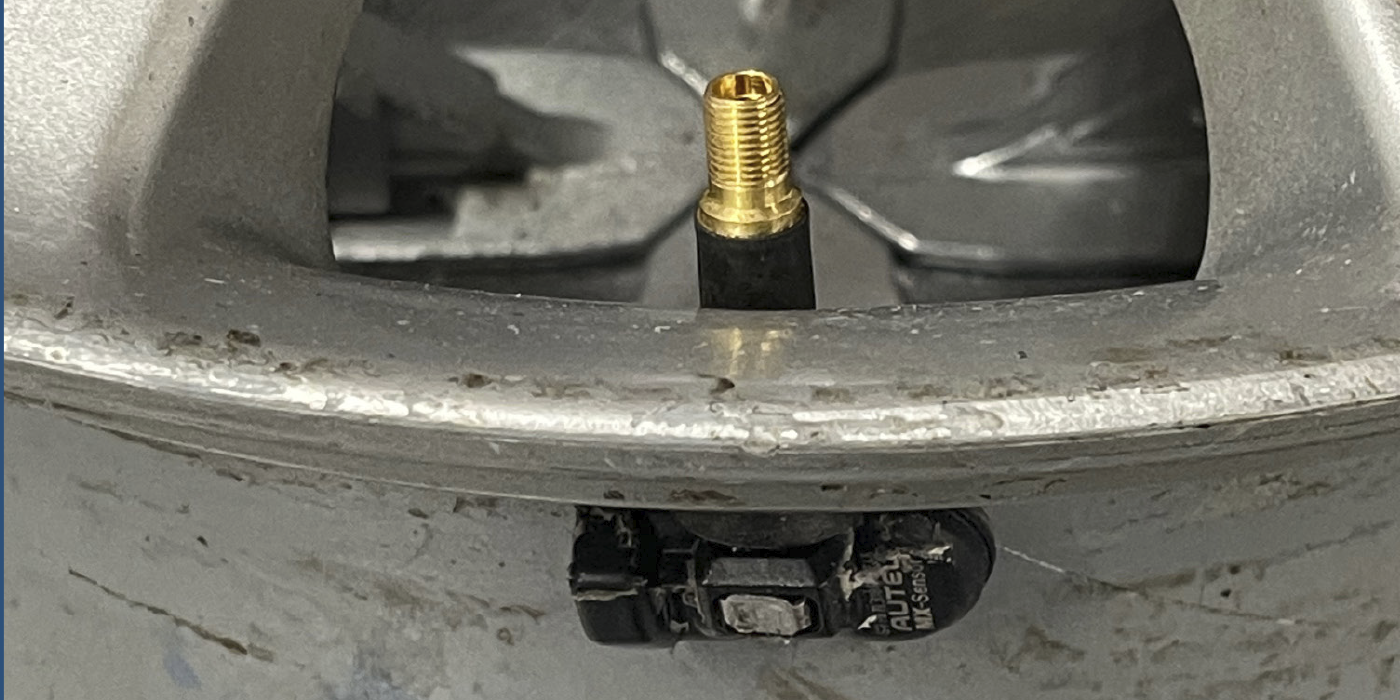
Credit: www.brakeandfrontend.com
Consequences Of Ignoring Valve Stem Issues
A healthy valve stem is critical for tire integrity and vehicle performance. Ignoring a faulty valve stem can lead to problems that, at first glance, might not seem related. A damaged or worn-out valve stem can cause a slow leak that may not be immediately noticeable but can have significant consequences over time. Let’s explore the key issues you may encounter if a valve stem issue is left unchecked.
Premature Tire Wear
If a valve stem isn’t functioning properly, air can escape from the tire, leading to under-inflation. An under-inflated tire spreads out more on the road surface. This results in the outer edges wearing down faster than the center. Keeping tires properly inflated ensures even wear, extending the life of the tires. Ignoring valve stem issues could mean frequent tire replacements and unnecessary expenses.
Reduced Fuel Efficiency
Tires that aren’t fully inflated create more resistance with the road. This extra resistance means your car’s engine has to work harder to move forward. This hard work translates into extra fuel to maintain speed. A compromised valve stem can be the culprit behind a persistent drop in fuel efficiency. Addressing valve stem issues can help maintain optimal fuel usage and save money at the pump.
Diy Valve Stem Testing
Ensuring your vehicle’s valve stems are in good shape is crucial.
DIY valve stem testing is a simple, effective method to assess them.
Two reliable tests can help pinpoint a faulty valve stem.
The Soap Water Test
Discover leaks easily with a homemade solution.
- Mix soap with water.
- Coat the valve stem area.
- Watch for bubbles forming.
Bubbles indicate a leak; no bubbles suggest the valve stem may still be okay.
Checking For Wear And Tear
Regular wear and tear can lead to valve stem failures.
Here’s what to look out for:
- Inspect for cracks or splits
- Look for signs of aging, like hardening or discoloration
- Feel for brittleness or a lack of flexibility
Visible damage or changes in texture can mean it’s time to replace the valve stem.
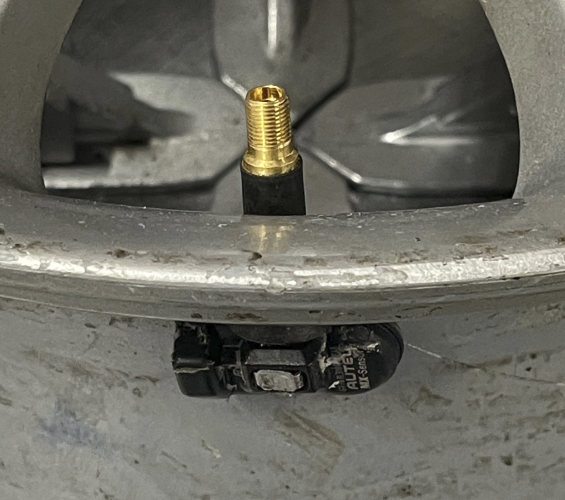
Credit: www.brakeandfrontend.com
Professional Assessment
Identifying the need for a new valve stem might seem daunting. But a professional assessment can tackle the mystery efficiently. A tire specialist knows precisely what to look for. They ensure driving safety by checking the tiniest components. Here’s how to determine if you need that expert eye.
When To Visit A Tire Specialist
Never underestimate the importance of a healthy valve stem. It’s crucial for maintaining tire pressure. Spotting issues early might just save your tire. Look out for these signs:
- Air leakage around the valve
- Loss of tire pressure, especially if it’s rapid or recurring
- Visible damage or wear on the valve stem
- Aging tires, as the valve stem can deteriorate over time
If any of these issues arise, it’s time for a trip to the tire expert.
What Happens During A Valve Stem Check
A meticulous process awaits at the tire shop. The specialist will:
- Inspect the valve stem for visible signs of damage or wear.
- Test the tightness of the valve core using a tool.
- Submerge the valve in water to check for air bubbles, indicating leaks.
- Measure the tire pressure to ensure the valve is doing its job right.
- Advise on replacement or any needed repairs.
| Step | Action | Outcome |
|---|---|---|
| 1 | Visual Inspection | Identify wear or damage |
| 2 | Tightness Test | Confirm valve integrity |
| 3 | Leak Detection | Uncover any leaks |
| 4 | Pressure Check | Ensure accurate tire pressure |
| 5 | Professional Advice | Guidance on next steps |
A simple trip to the tire specialist can mean the difference between a quick fix and a potential roadside emergency. The next time your tires seem off, remember: a valve stem check is a small step for safety’s sake!
Replacing Valve Stems
A properly functioning valve stem is critical for maintaining tire pressure and ensuring your safety on the road. If you’re noticing air leakage, hearing hissing sounds, or seeing physical damage on your valve stem, it‘s time to consider a replacement. With the right tools and a bit of know-how, you can easily handle valve stem replacements at home.
Choosing The Right Replacement
Before replacing your valve stem, ensure you get the best fit:
- Check compatibility: Match the replacement to your tire’s specifications.
- Quality matters: Opt for high-grade, corrosion-resistant materials.
- Valve type: Know whether you need a Schrader or Presta valve.
Step-by-step Guide To Valve Stem Replacement
Follow this simple guide to replace your valve stem:
- Remove the wheel and deflate the tire completely.
- Take out the old valve stem with a valve stem tool.
- Lubricate the new valve stem for easy insertion.
- Install the new valve stem, ensuring it’s firmly seated.
- Inflate the tire to the recommended pressure level.
- Double-check for any air leaks around the new valve stem.
A diagnostic check post-replacement guarantees a job well done. Never skimp on a thorough inspection to ensure optimal performance and longevity of your tires.
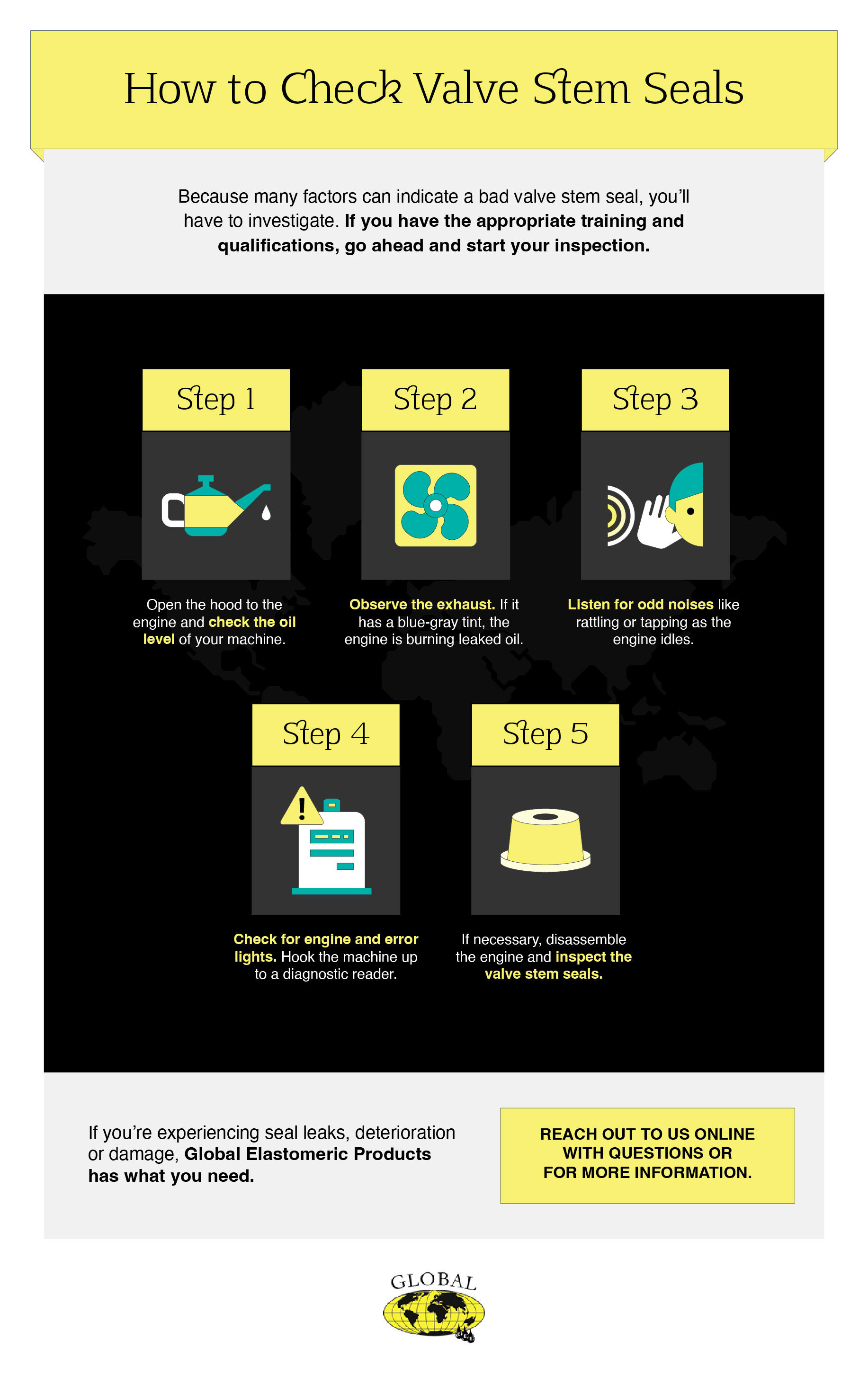
Credit: www.globaleee.com
Preventative Measures And Maintenance Tips
Valve stems are small but vital parts of your vehicle’s tires. They keep the air in and support a safe driving experience. Ignoring their condition can lead to unwanted flat tires or, worse, a blowout on the road. Thankfully, with a few preventative measures and maintenance tips, you can ensure your valve stems stay in prime condition, giving your tires a longer life.
Regular Inspections For Longevity
Maintaining the health of your valve stems starts with regular inspections. A simple way to check is to look for signs of cracking or brittleness. Also, listen for hissing sounds that could hint at air leaks. Regular check-ups help you spot any early signs of wear and tear. This lets you replace them before they fail.
To maintain your valve stems properly, consider the following tips:
- Check valve stems whenever you check tire pressure.
- Lubricate them with a rubber conditioner to prevent dryness and cracking.
- Replace valve stem caps if they’re missing or damaged.
Avoiding Common Damaging Factors
Valve stems also face threats from various damaging factors. To avoid these, you should:
- Avoid harsh chemicals from cleaners.
- Be cautious not to bend the valve stem while inflating your tires.
- Inspect for corrosion due to salt in cold climates.
- Check for any cuts or punctures after driving off-road.
Investing in quality valve stem caps is also wise. They protect the stem from dirt, debris, and small impacts. Opt for caps that have a rubber seal for the best protection.
Frequently Asked Questions Of How Do I Know If I Need A New Valve Stem?
What Are Signs Of A Bad Valve Stem?
Telltale signs include consistent air loss, visible damage, or cracks. These symptoms suggest the valve stem may be faulty, leading to potential air leaks and tire pressure issues. Regular inspections can help detect these problems early.
Can A Valve Stem Cause A Flat Tire?
Yes, a damaged or worn-out valve stem can leak air, resulting in a gradual or sudden flat tire. It’s crucial to ensure valve stems are in good condition to maintain proper tire pressure and prevent flats.
How Often Should Valve Stems Be Replaced?
Valve stems should be checked with every tire change, usually every 25,000 to 50,000 miles. However, exposure to harsh conditions could necessitate more frequent replacements. Always inspect valve stems when servicing tires.
Is Replacing A Valve Stem A Diy Task?
Replacing a valve stem can be a DIY task for those with the right tools and knowledge. It requires deflating the tire, removing the old stem, and installing a new one. However, for optimal safety, consulting a professional is recommended.
Conclusion
Recognizing the signs of a faulty valve stem is pivotal for your vehicle’s safety and tire health. Regular inspections can prevent unexpected deflations and maintain optimal tire performance. Should you notice any of the discussed symptoms, consider prompt valve stem replacement.
Safeguard your journey by being proactive about tire maintenance.



